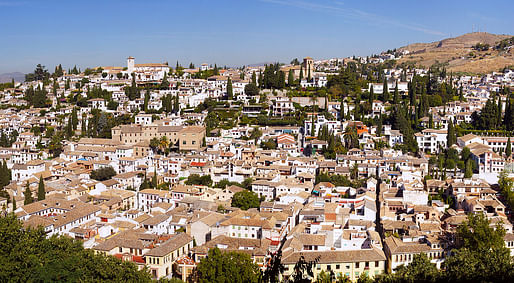

[Botany professor Paloma Cariñanos] found it surprising that the design of these green spaces thought about landscaping, climate, and fashion criteria, but didn't think about pollen problems.
[She] says that in the future, urban green spaces 'will become 'comfort islands' inside 'urban heat islands.''...Cariñanos and her team stress that their research is a tool for planning and prevention. They hope that other cities will be able to use their methods to prevent high allergen levels.
— phys.org
You can read more of Cariñanos' team's research in the Journal of Environmental Quality.
More on Archinect:
Welcome to the jungle: Sou Fujimoto lectures on applying natural infrastructure to urban design
Delhi’s air pollution is worse than Beijing's. A new app measures the air quality in real time
KKT architects envision tornado-shaped tower for downtown Tulsa
New Zealand landscaper shapes church out of trees
Japan's largest treehouse is also a high-tech engineering feat
No Comments
Block this user
Are you sure you want to block this user and hide all related comments throughout the site?
Archinect
This is your first comment on Archinect. Your comment will be visible once approved.